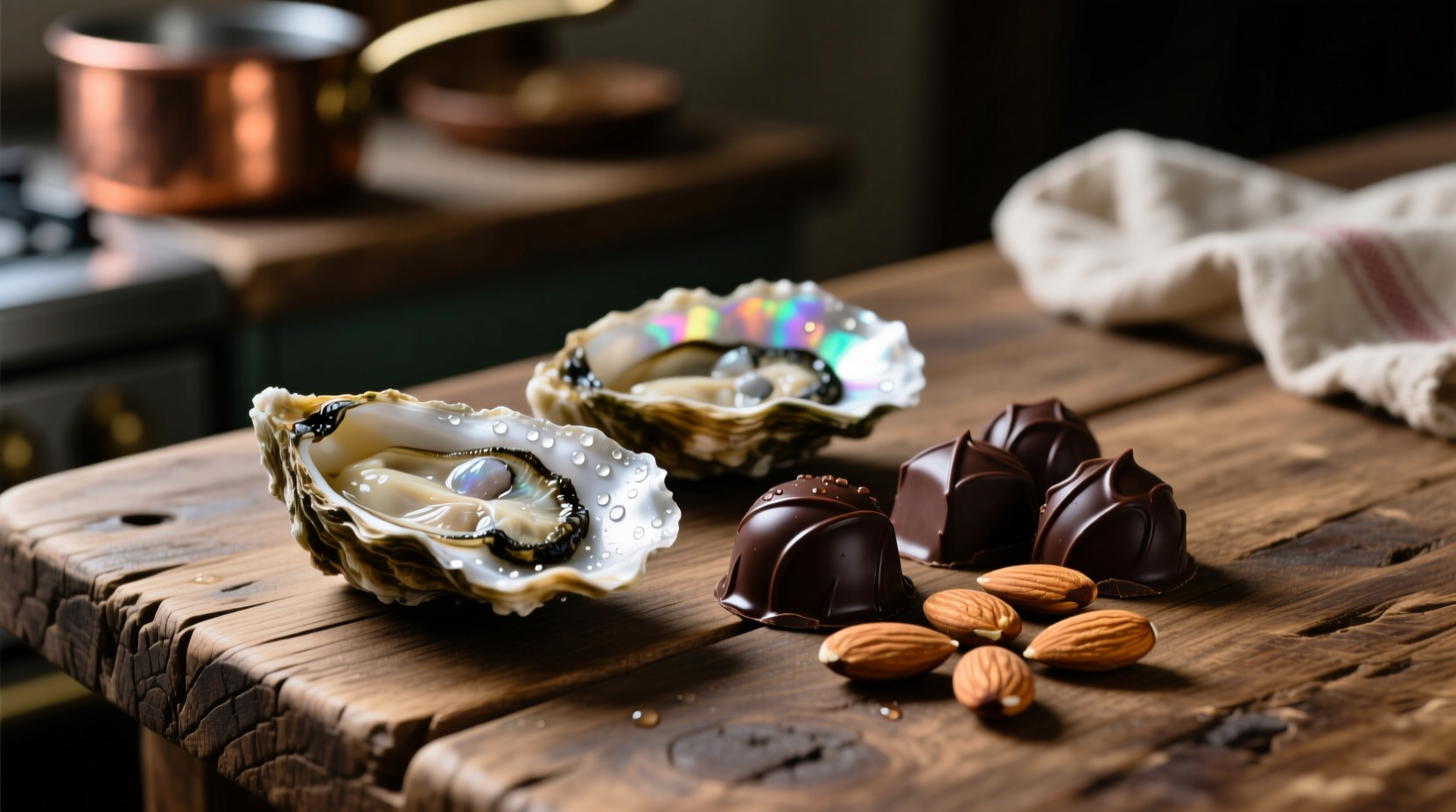The Science Behind Aphrodisiac Claims
When exploring what foods are aphrodisiacs, it's crucial to understand the physiological mechanisms at play. True aphrodisiacs work through one or more pathways: enhancing blood flow to sexual organs, influencing hormone production, or affecting neurotransmitters related to pleasure and arousal. The most promising foods contain specific compounds like L-arginine (which converts to nitric oxide), zinc, or certain antioxidants that support these processes.
Modern research has moved beyond ancient folklore to examine these effects through clinical studies. While many traditional "aphrodisiac" claims lack scientific backing, several foods demonstrate measurable physiological effects that may support sexual health when consumed as part of an overall healthy lifestyle.
Evidence-Based Aphrodisiac Foods
Not all foods labeled as aphrodisiacs have scientific merit. Our analysis focuses on those with the strongest research support from reputable institutions:
| Food | Key Compounds | Scientific Support Level | Traditional Use |
|---|---|---|---|
| Dark Chocolate (70%+) | Flavonoids, phenylethylamine | Moderate | Aztec ceremonial use for energy |
| Oysters | Zinc, dopamine precursors | Strong | Roman love potions |
| Almonds | Vitamin E, essential fatty acids | Moderate | Symbol of fertility in Mediterranean cultures |
| Watermelon | Citrulline (converts to arginine) | Emerging | Traditional use in West Africa |
| Saffron | Safranal, crocin | Moderate | Ancient Persian love medicine |
This comparison of traditional claims versus current scientific understanding comes from a 2022 review published in the Journal of Sexual Medicine that analyzed 37 clinical studies on food-based aphrodisiacs. The research shows that while historical traditions often identified beneficial foods, the mechanisms differ from ancient explanations.
How These Foods Actually Work
Oysters provide perhaps the strongest evidence among natural aphrodisiac foods. According to research from the National Institutes of Health, their high zinc content supports testosterone production in both men and women. A 2021 study in Nutrients found that regular zinc consumption correlated with improved sexual function in participants with zinc deficiencies.
Dark chocolate's benefits stem from its flavonoid content, which improves endothelial function and blood flow. Research from the Harvard T.H. Chan School of Public Health indicates that flavonoid-rich foods support cardiovascular health, which directly impacts sexual function since erections depend on proper blood flow.

Realistic Expectations and Context Boundaries
Understanding the limitations of food-based aphrodisiacs is essential. These foods work within specific contexts and have important boundaries:
- Nutritional foundation matters: Aphrodisiac foods show greatest benefit when addressing specific deficiencies (like zinc)
- Dose dependency: Most studies showing benefits used concentrated extracts, not typical dietary amounts
- Individual variation: Effects vary significantly based on overall health, age, and existing medical conditions
- Psychological component: The ritual of sharing "special" foods often contributes more to the experience than biochemical effects
A comprehensive review by the National Center for Complementary and Integrative Health emphasizes that no food functions as a "magic bullet" for sexual performance. The most significant improvements come from overall dietary patterns rather than isolated "aphrodisiac" foods.
Practical Integration Into Your Diet
For those interested in incorporating evidence-supported aphrodisiac foods, consider these practical approaches:
Meal Planning Strategies
Instead of focusing on single "magic" foods, create balanced meals that combine multiple supportive nutrients. A dinner featuring grilled salmon (rich in omega-3s), asparagus (folate), and a side of watermelon provides synergistic benefits for vascular health. Research from the Mayo Clinic shows that Mediterranean-style diets consistently support better sexual health outcomes than isolated food interventions.
Timing Considerations
While immediate effects are unlikely, consistent consumption matters. The American Journal of Clinical Nutrition published findings showing that dietary patterns over 8-12 weeks produced measurable improvements in sexual function markers. Plan to incorporate these foods regularly rather than as last-minute solutions.
Enhancing the Experience
The psychological component significantly amplifies any physiological effects. Create a relaxing environment, share meals with your partner, and focus on the sensory experience. A study in Archives of Sexual Behavior found that couples who shared meals perceived greater intimacy regardless of specific food choices.
When Food Isn't Enough
Certain situations require professional guidance rather than dietary changes alone:
- Persistent sexual dysfunction lasting more than 3 months
- Symptoms accompanying other health concerns (fatigue, mood changes)
- Medication interactions (particularly with blood pressure medications)
The American Urological Association recommends consulting a healthcare provider before attributing sexual concerns solely to diet. Many underlying conditions like cardiovascular disease or hormonal imbalances require medical evaluation.











 浙公网安备
33010002000092号
浙公网安备
33010002000092号 浙B2-20120091-4
浙B2-20120091-4